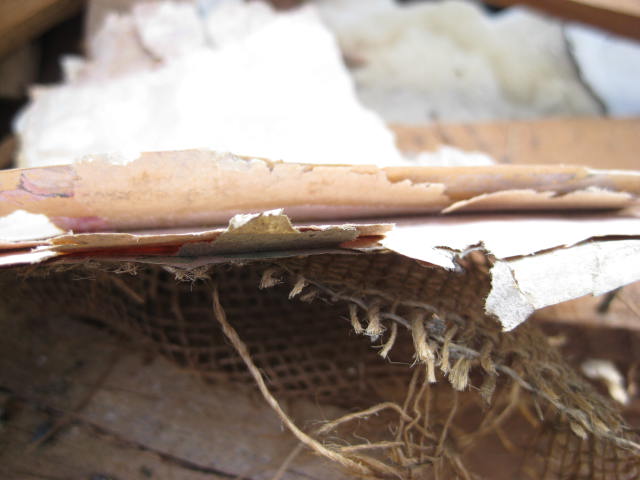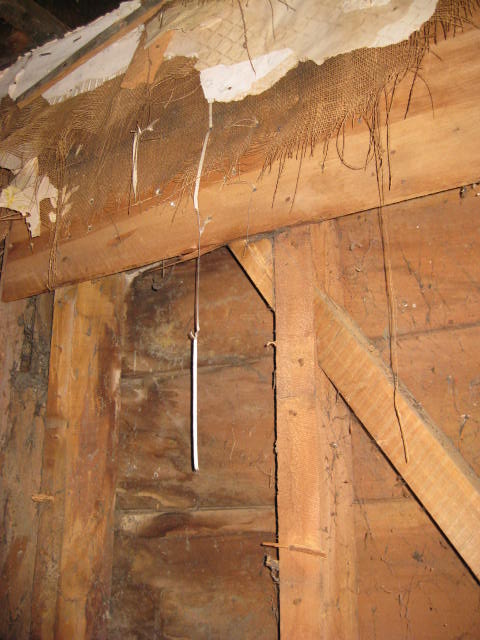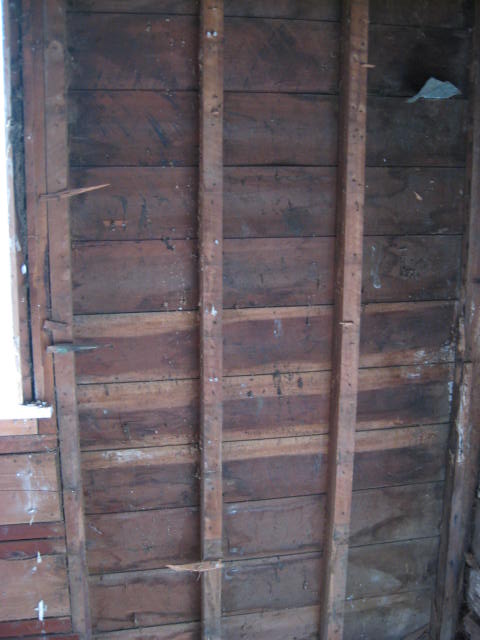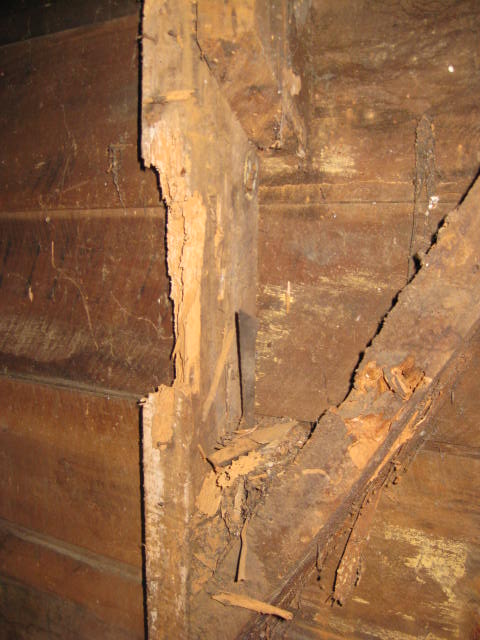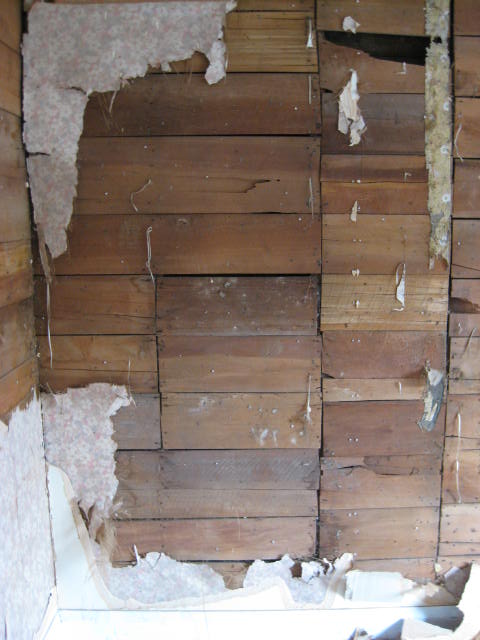House Buying Traps – A Property Lawyers View
Written by Claire on . Posted in House Buying Information, Making an Offer
There are many things to be aware of when buying a home, it really can be a minefield! One person to carefully listen to the advice of is your property lawyer. They have been through the house buying and selling process with many clients and have lots of great advice - and coming from the legal corner - it is always good advice to pay attention to!
Thanks to the team at Homelegal we have a property lawyers view of 'traps for home buyers'. Read and beware!
Traps
1. Misunderstanding the type of property
There are various types of property including fee simple, crosslease, unit title, company share and leaseholds. Each has advantages and disadvantages that you should be aware of prior to purchasing. Misunderstanding the type of property you are purchasing or the interests in the land may result in an unexpected impact on your enjoyment and use of the property.
2. Misunderstanding the agent's role
Always remember the real estate agent is trying to sell the property at the best possible price for the vendor (the person selling the property). Don't show all your cards to the agent at the outset and don't disclose your financial limit to them.
3. Signing agreement under pressure
Putting in an offer can be exciting. Don't feel compelled to sign an Agreement straightaway. Once an Agreement is signed it is a legally binding contract. Make sure you understand what it is you are signing. Get your lawyer to look over it. If you are unable to make contact with your lawyer get the agent to include a solicitor's approval clause.
4. Insufficient conditions
You have an obligation of good faith to the vendor. You can't use a finance clause, for example, to get out of an agreement if you have simply changed your mind. Carefully consider the reports you wish to obtain on the property before you sign e.g. builder's report, valuation report or LIM report. If any of these reports do not meet the standard you require you are able to cancel the Agreement. However as soon as the conditions relating to the reports are formally confirmed the Agreement is binding on you.
5. Deemed consent conditions
Avoid conditions that are deemed to be satisfied unless you notify the vendor. These are dangerous. If you don't confirm or notify the vendor that the condition is not satisfied they are deemed to be satisfied.
These house buying traps were provided by the team at Homelegal. Looking for more home buying advice? Check out our home buying guide, or to find out just what a lawyer is doing for you during the house buying process our Settlement section has a lot of interesting info.







